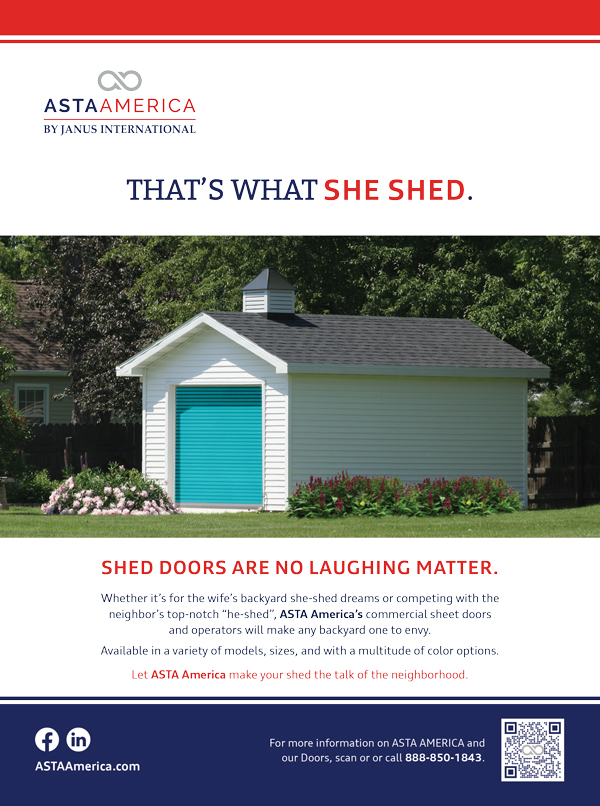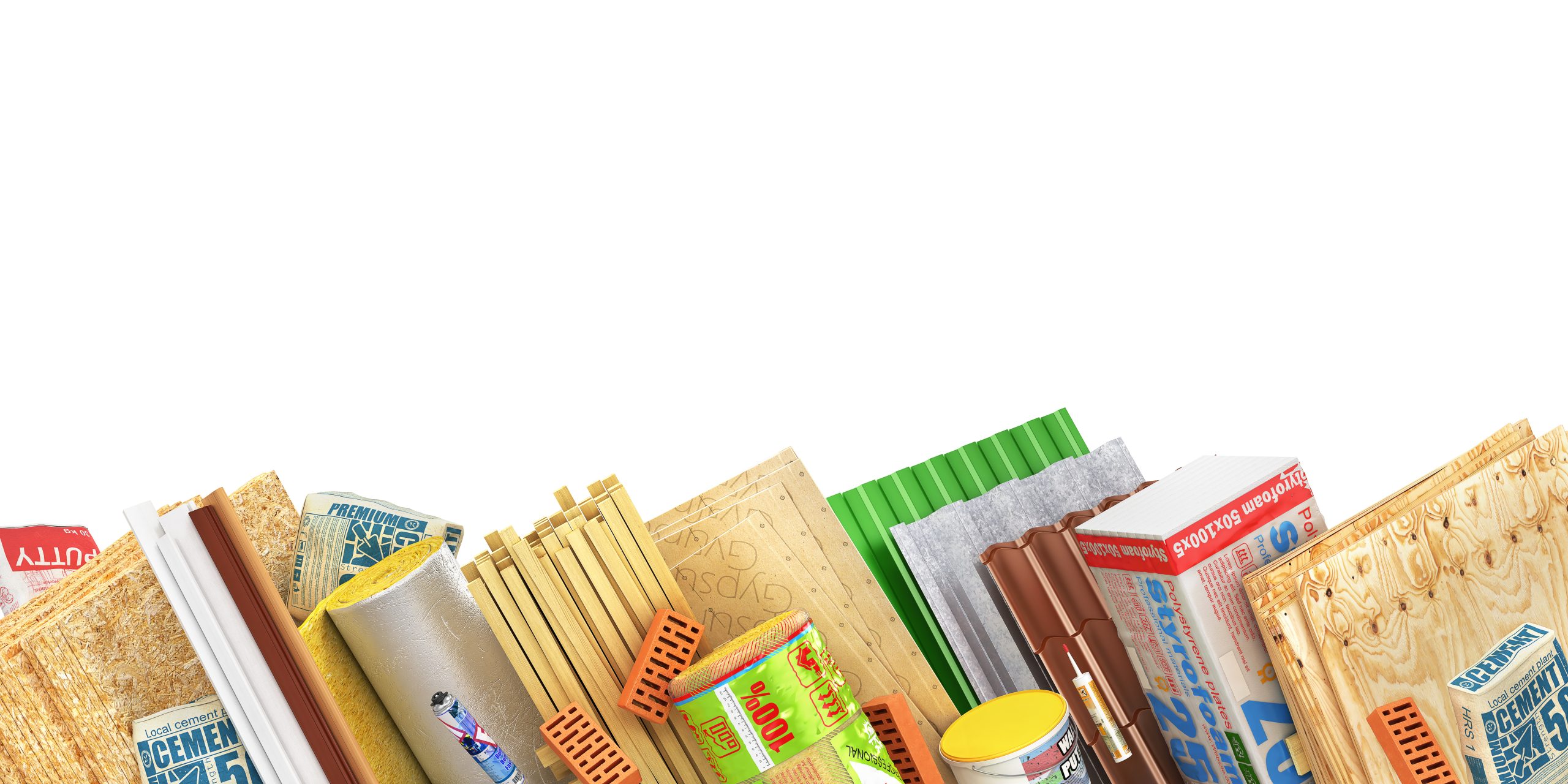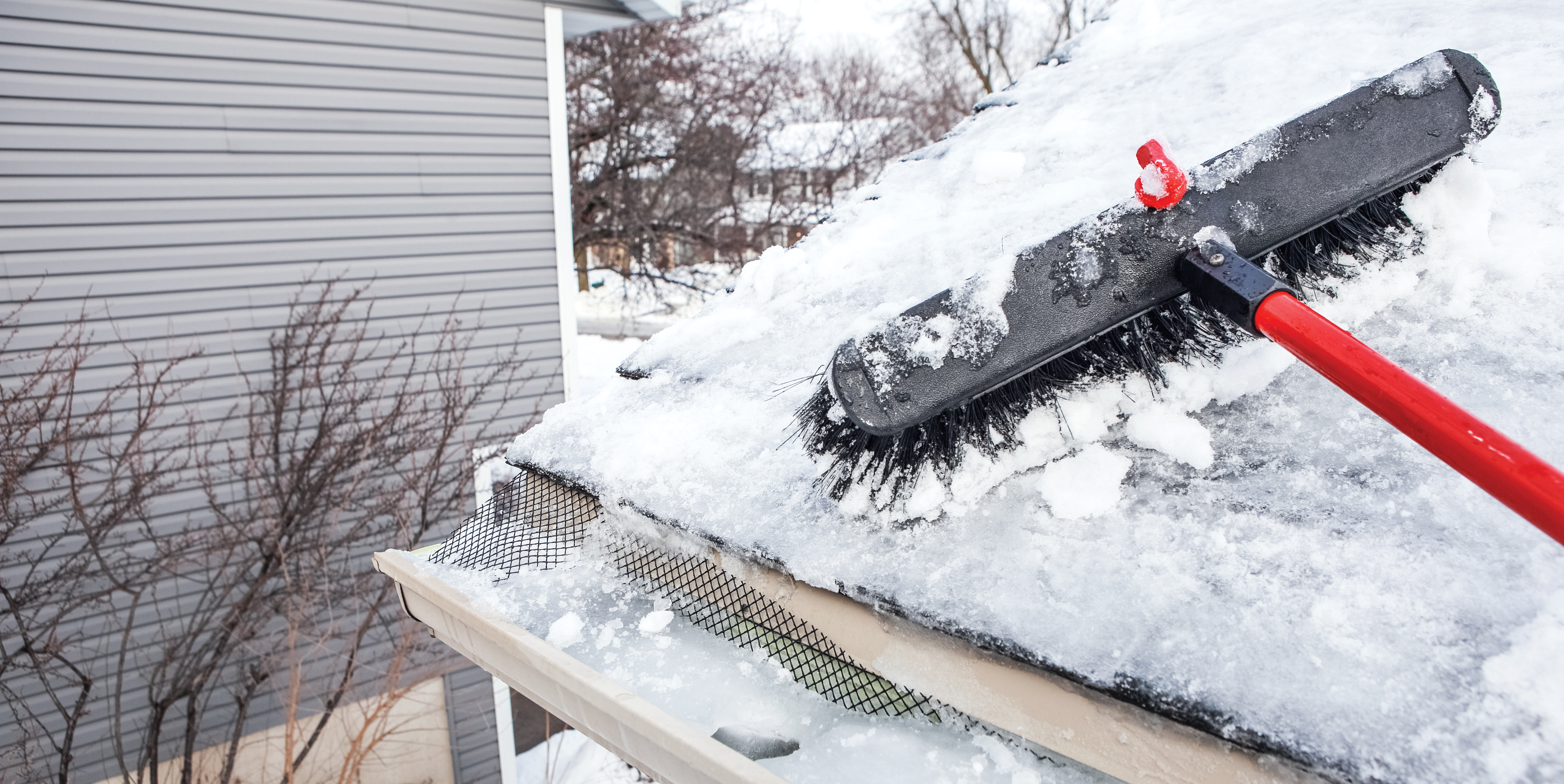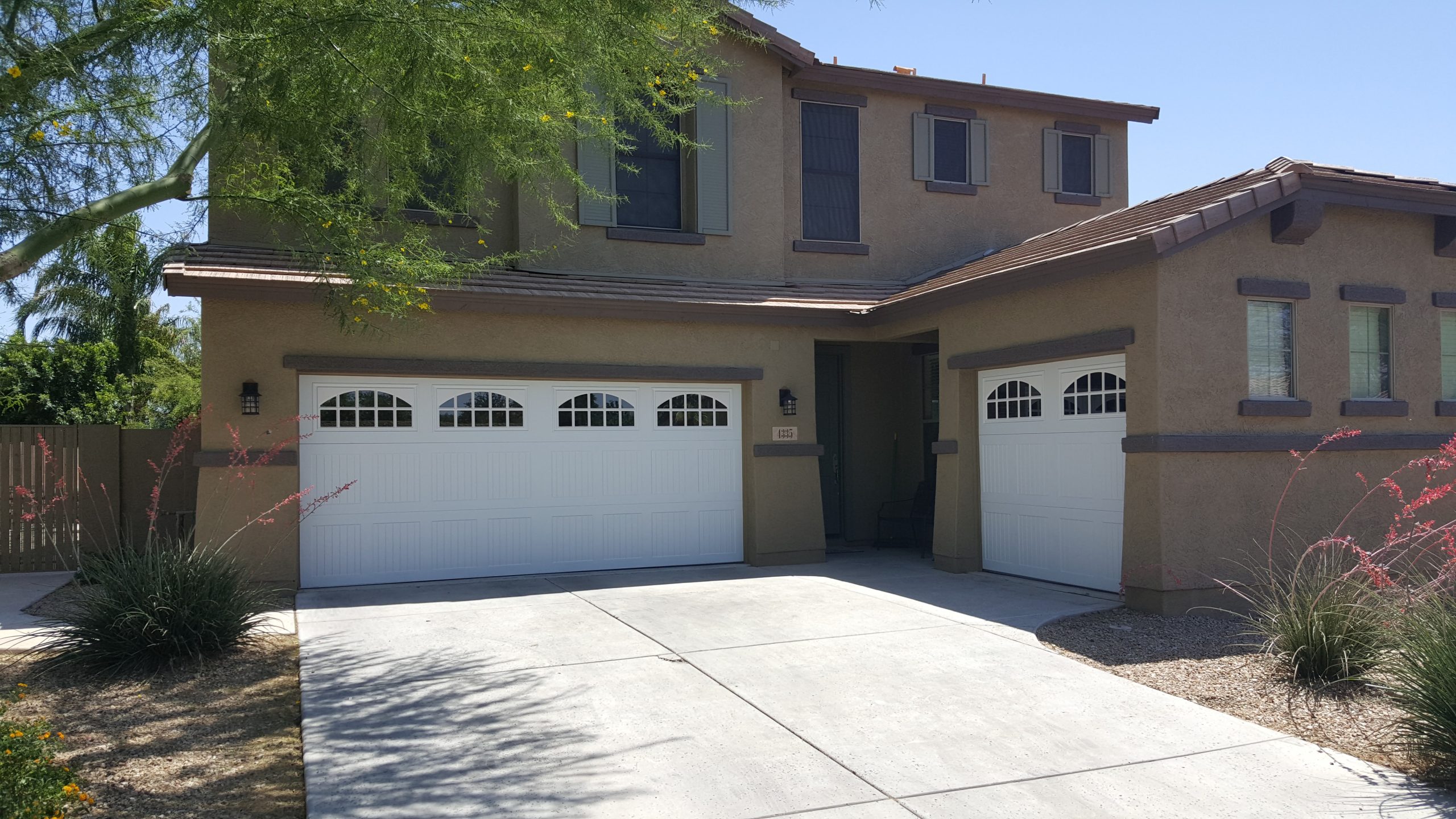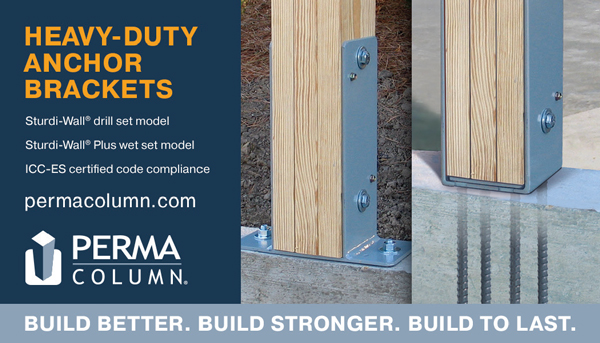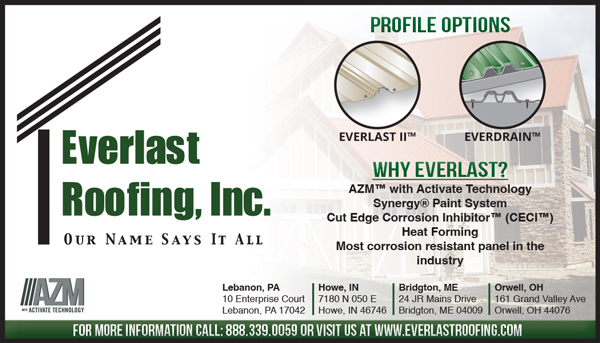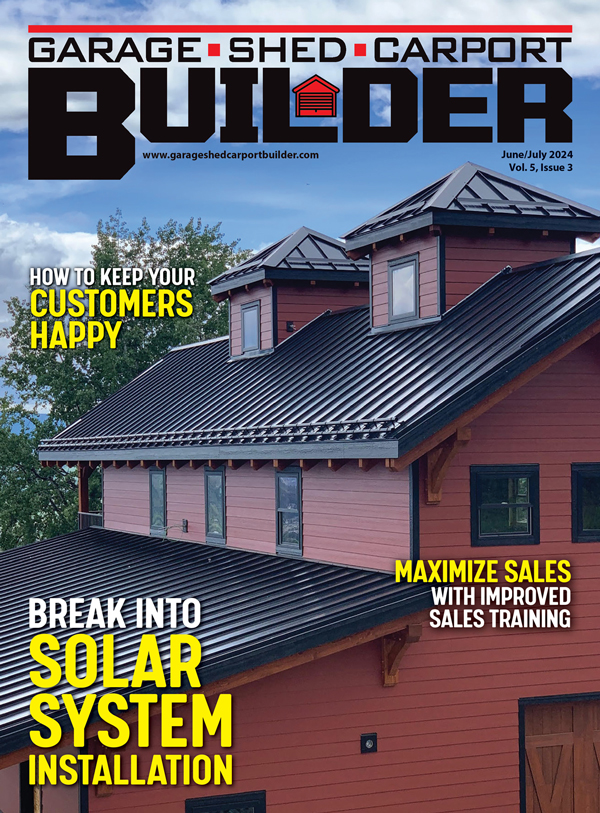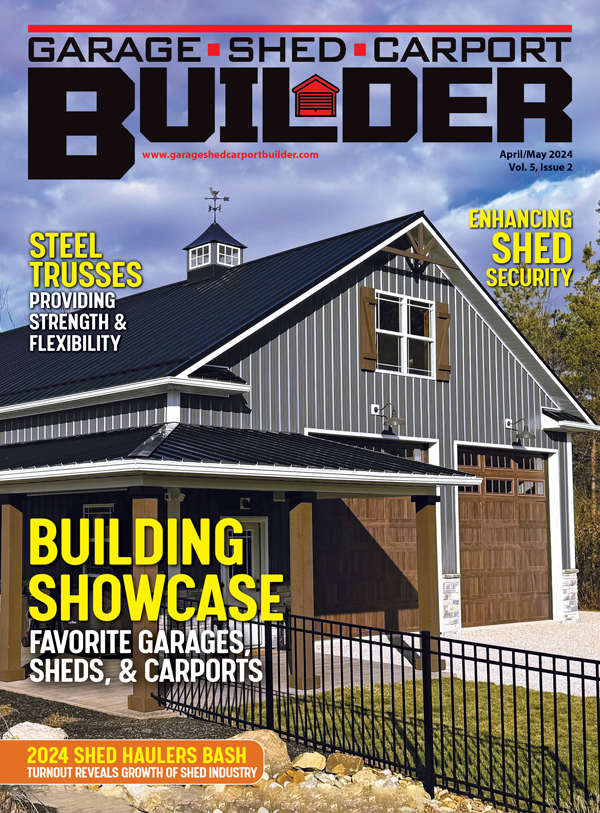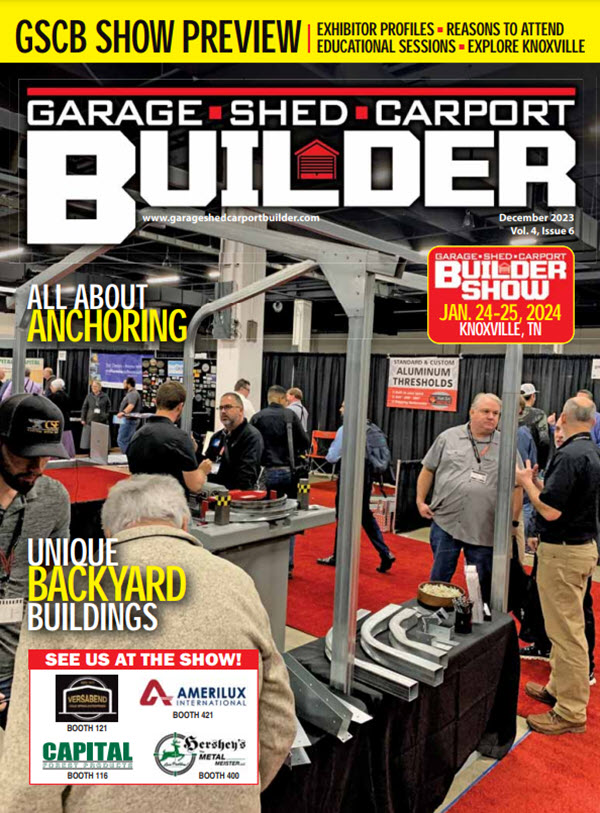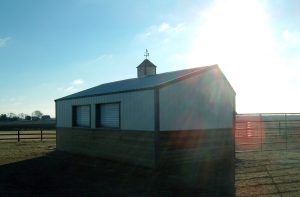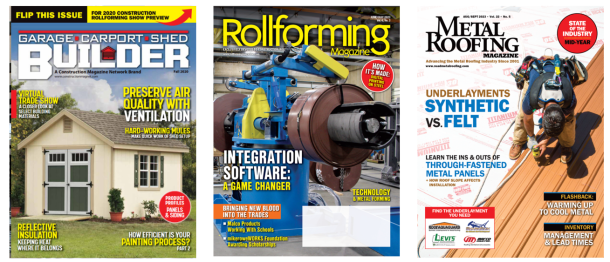In Or Out, Reflective Insulation Keeps Heat Where It Belongs
by Karen Knapstein
Adding insulation to a structure reduces heat transfer. It prevents a building from heating up like an oven when it’s hot outside, and it reduces heat loss when it’s cold outside. No matter how airtight the building envelope, heat will still transfer through the building materials.
Heat Gain/Loss
There are three modes of heat transfer: conduction, convection, and radiation. Conduction is direct heat flow through matter. It results from actual physical contact of one part of the same body with another part, or of one body with another. For example, aluminum is a strong, light, and stable material (i.e. it doesn’t warp) that is easy to work with. All these characteristics make it a great choice as a window-framing material. However, aluminum transfers heat very well. This means, without a thermal break, an aluminum-framed window would do an excellent job conducting the heat from the inside to the outside of a heated building. The thermal break separates the inside aluminum from the exterior aluminum so the heat isn’t conducted through the frame.
Convection is the transfer of heat within a gas or liquid, caused by the actual flow of material. In building spaces, natural convection heat flow is mostly upward and somewhat sideways. For example, a floor warmed with an in-floor radiant heating system loses heat by convection to the cooler air in contact with it. The sideways motion comes from heavier air rushing in from the side (and perhaps below, depending on the structure) to replace it.
Radiation is the transmission of infrared rays through space. Every material for which the temperature is above absolute zero emits infrared radiation. All objects radiate infrared rays from their surfaces in a straight line in all directions until they are reflected or absorbed by another object. Even though the air is cool on a cool day, sunlight still feels warm because of the infrared radiation.
Nevermind the R-Value
R-value is a number rating that indicates resistance to heat flow. The higher the R-value, the greater the insulating value. However, reflective foil insulation has a very low R-value compared to materials such as spray foam and fiberglass because it doesn’t have the mass required to absorb and retain heat. “Reflective insulation uses layers of aluminum foil or metalized film, paper, and/or plastic to trap air and thus reduce convective heat transfer,” explained the Reflective Insulation Manufacturers Association International in “Understanding and Using Reflective Insulation, Radiant Barriers And Radiation Control Coatings.” Reflective insulation materials are designed to be installed between, over, or under framing members and, as a result, are applicable to walls, floors, and ceilings. When installed properly, it is very effective at keeping heat where it’s wanted, whether that’s inside or outside.
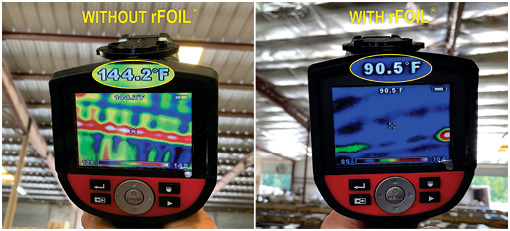
Reflective insulation can make a huge difference on the internal temperature of a building. It’s an excellent choice for storage sheds, machine sheds, ag buildings, and more. Check manufacturer specifications for proper installation. Photo courtesy: Covertech
Foiling Heat Loss With Reflection
Reducing heat transfer makes conditioned and un-conditioned spaces more comfortable. Reflective insulation products, such as Covertech Flexible Packaging’s rFoil® and MWI’s new Infinity Shield™, among others, drastically reduce that heat gain because most aluminum insulations reflect 95-97% of all radiant energy that strike its air-bounded surfaces. The bubble core and metalized film provide an excellent combination of heat reflection and thickness to stop both radiation and convection heat loss/gain. As an added bonus: Aluminum foil is one of the few insulating materials that is not affected by moisture, so its insulating value remains constant regardless of humidity.
How It Works
The key to the success of reflective insulation is dividing larger building cavities into smaller air spaces. “The performance of the system is determined by the emittance of the material(s), the lower the better, and the size of the enclosed air spaces. The smaller the air space, the less heat will transfer by convection,” explains the RIMA International guide book. “Therefore, to lessen heat flow by convection, a reflective insulation, with its multiple layers of aluminum and enclosed air space, is positioned in a building cavity (stud wall, furred-out masonry wall, floor joist, ceiling joist, etc.) to divide the larger cavity … into smaller air spaces. These smaller trapped air spaces reduce convective heat flow.”

MWI Components’ new foil insulation, Infinity Shield™; Double Bubble Foil/Foil (with standard 2” crushed edge tab).
Photo courtesy MWI Components
MWI Components
For years, MWI Components has been a supplier of reflective foil insulation; however, the company just launched its own reflective foil insulation. Ben Nystrom, CEO – Sales and Marketing at MWI Components, explained, “We developed Infinity Shield™ to provide foil insulation users a product tailored to improve and speed up installation. The 2-year project has allowed us to build a state-of-the-art facility with the most modern and up-to-date equipment.”
“Shortest industry lead times and enhanced product features were the driving forces behind developing and taking on this great company expansion,” Nystrom continued. “Foil insulation still remains one of the best vapor barrier products for post frame and residential metal roofing.”
Heat loss will occur at the seams if they aren’t sealed properly. “We stock an additional reflective tape solution to join the rolls (sold separately),” Nystrom said, “but most contractors choose to just overlap the product. In the event of overlapping, our crushed tab feature is extremely beneficial. This crushed tab — provided exclusively at no upcharge — allows for easier installation, and the 2” tab eliminates measurement guessing when overlapping.”
Covertech Flexible Packaging (rFoil)
Reflective insulation is often installed during initial construction, but just last year Covertech introduced its patented Retrofit MBI System, which has proven itself to be a game-changer for moderating temperatures in metal and other buildings. “Installers and property owners recognize the benefits of the system,” said Starr.
Retrofits offer a huge opportunity for companies that may be looking for another way to make money. The unique attachment system allows quick installation with minimal interruption and no need to tear anything apart. The Retrofit MBI System is a simple installation: The clips are installed to the bottom of the exposed roof purlins and inside the wall girts; the reflective insulation is positioned reflective side facing up, a pin pierces the insulation, and it’s held in place by the end locking cap.
Covertech’s rFoil 2500 Series and 2600 Series of metal and post-frame building insulation consist of a layer of polyethylene bubble bonded to and sandwiched between a radiant barrier metalized foil and a white polyethylene sheet with washable UV-resistant facing. The 2600 Series Ultra-White is a reflective insulation material that comes with a 10-year warranty against ultraviolet light degradation. If the Ultra-White’s white facing breaks down due to exposure to indirect UV light, Covertech will provide new rFoil – Ultra-White insulation product to replace the defective material. Plus it will provide up to $0.75 per square foot to assist in any cost for the replacement of the defective product.
The 2200 Series is a layer of polyethylene bubbles bonded to and sandwiched between two radiant barrier metallized foil sheets.
John Starr, Vice President/Partner at the Toronto-based company said rFoil is a “pretty simple product that solves a major problem. It provides a cost-effective, energy-efficient way to insulate a building, controlling heat gain and loss and condensation.
“rFoil is pretty easy to work with,” Starr continued. “It’s not thick, it’s lightweight and easy to install. If it tears, it’s easy to repair.” The most common question he answers is “Which side goes up?” He said: The foil facing side always goes towards the metal.
In addition to being easy to use, you can install reflective insulation with a clear conscience, too. It’s an environmentally safe building material that is non-toxic, and user and building owner safe. GCSB
Learn more about reflective insulation from the Reflective Insulation Manufacturers Association International (RIMA International), www.rima.org.


